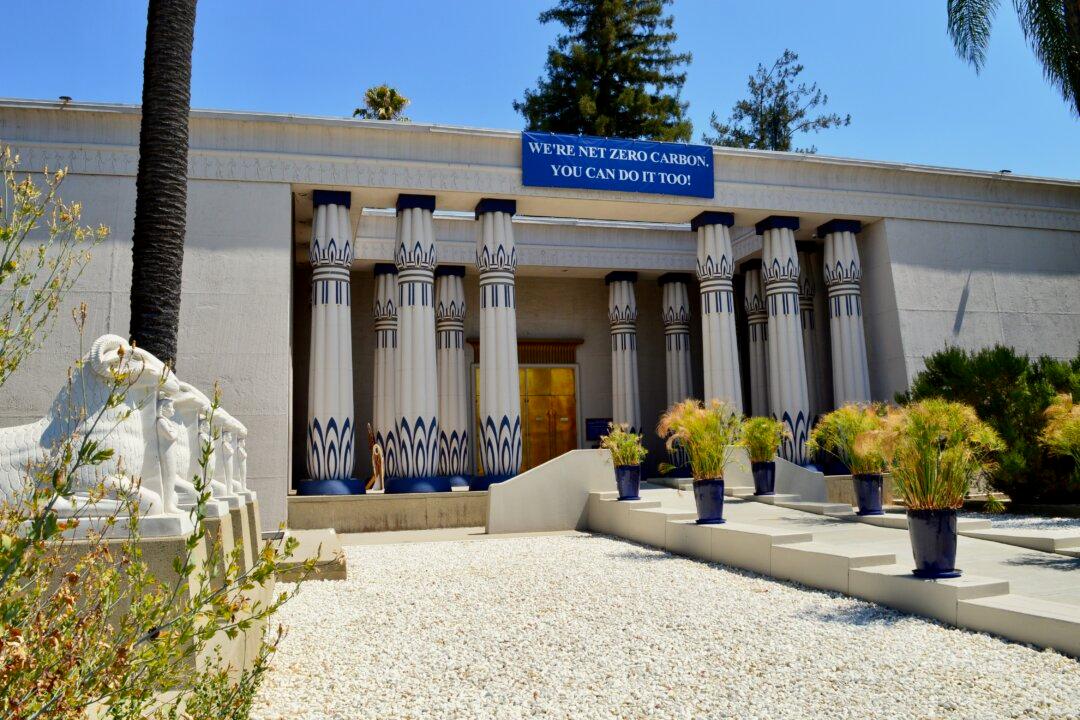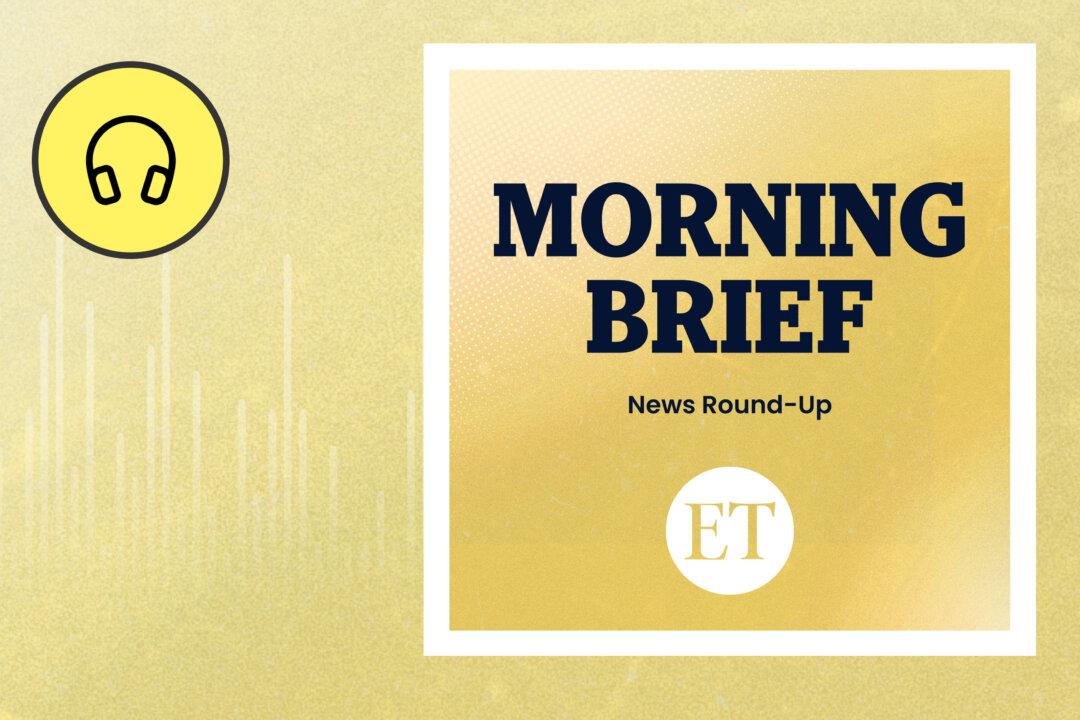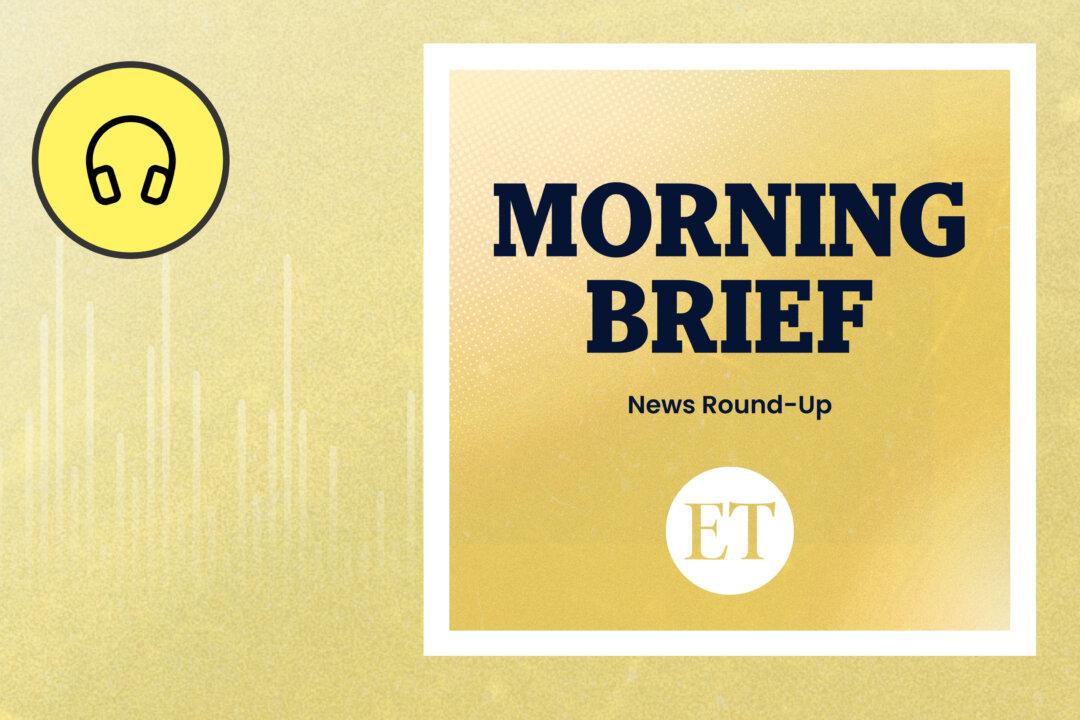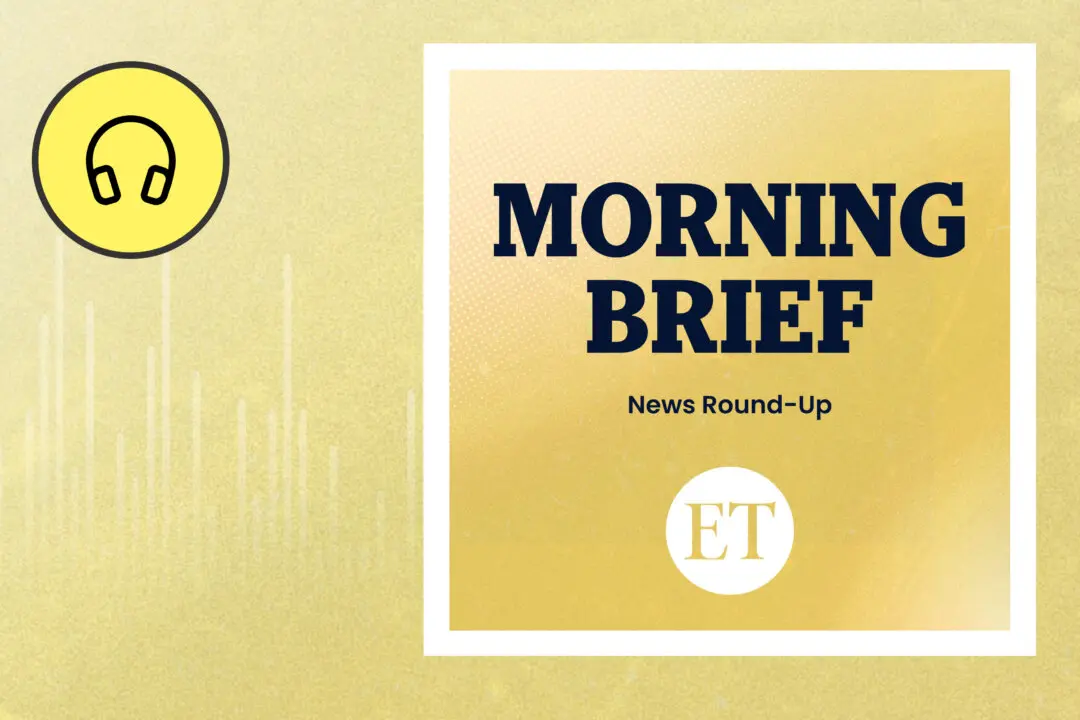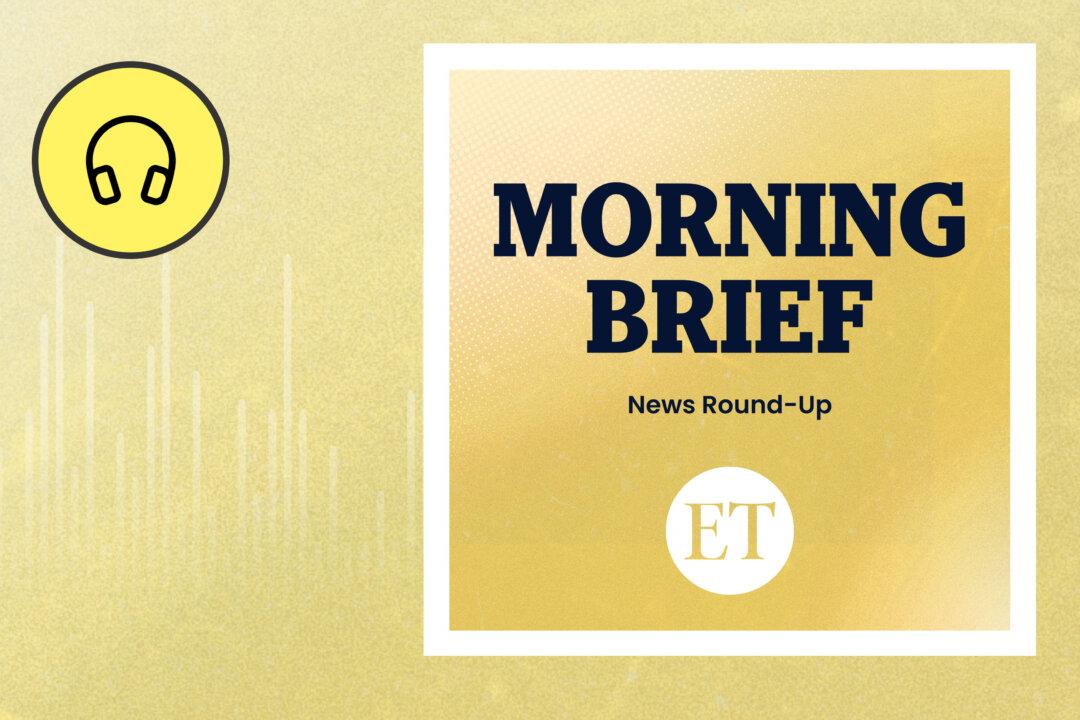Located in San Jose, the Rosicrucian Egyptian Museum is home to the largest collection of Egyptian artifacts on display in western North America, according to its website.
“It is the only museum in the world housed in a building based on ancient Egyptian architecture. It is modeled after the Temple of Amun in Karnak, Egypt,” Julie Scott, executive director of the museum, told The Epoch Times in an email.
